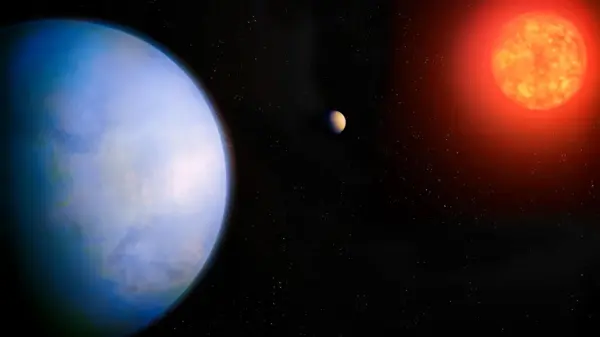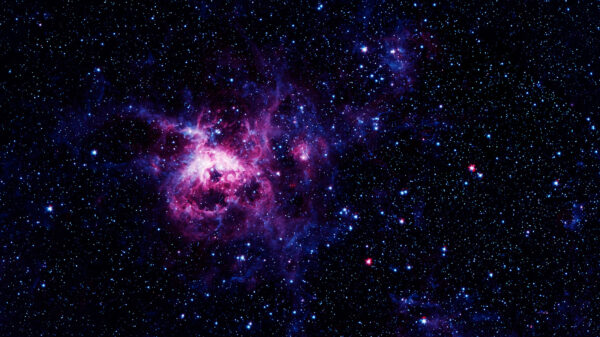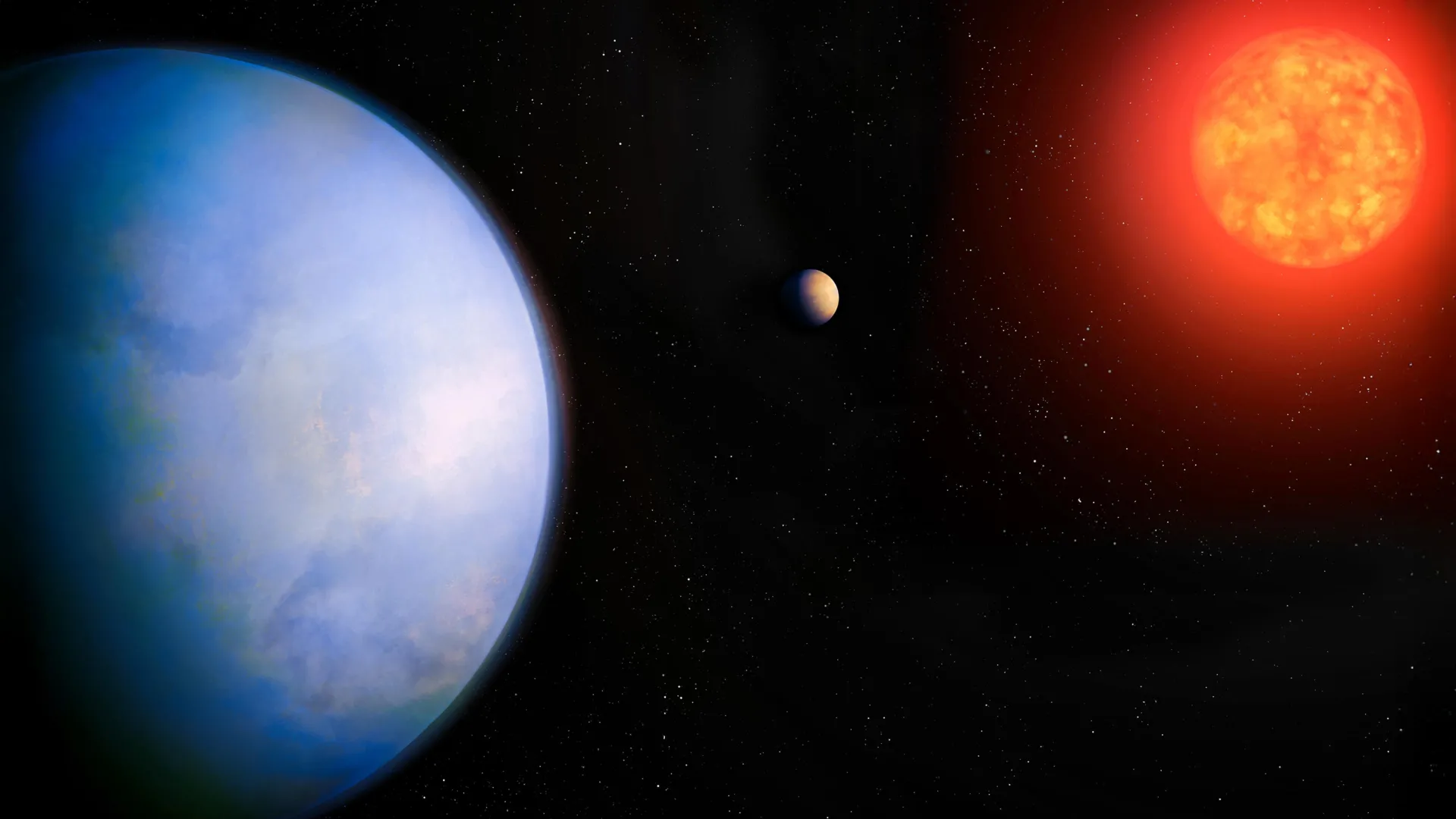Researchers at the University of California – Irvine have identified a nearby exoplanet, GJ 251 c, located within the habitable zone of its star, which is only 18 light-years away from Earth. The discovery positions this super-Earth as a significant candidate in the ongoing search for extraterrestrial life, primarily due to its potential for liquid water, a crucial element for known life forms.
This rocky planet, classified as a super-Earth because of its mass being several times greater than that of Earth, orbits an M-dwarf star, the most common type of star in our galaxy. The findings were detailed in a recent study published in The Astronomical Journal, with important contributions from a team of astronomers led by associate professor Paul Robertson.
Understanding GJ 251 c and Its Star
The newly discovered GJ 251 c orbits its host star, which is characterized by notable stellar activity, including starspots and flares. These phenomena can complicate the detection of orbiting planets by obscuring the subtle signals astronomers rely on to confirm their existence. Despite these challenges, the planet’s proximity to Earth makes it an excellent target for direct imaging using advanced telescopes currently in development, such as the Thirty Meter Telescope (TMT).
Corey Beard, a data scientist and lead author of the study, emphasized that the TMT will possess the necessary resolution to observe planets like GJ 251 c, which smaller telescopes cannot achieve. “It’s just not possible with smaller telescopes,” Beard noted, highlighting the significance of upcoming technology in exoplanet research.
Innovative Detection Methods
The detection of GJ 251 c was made possible through the use of high-precision instruments, namely the Habitable-zone Planet Finder and NEID. These tools measure the gravitational influence of orbiting planets on their stars, leading to small, detectable shifts in the stars’ light, known as radial velocity signatures. The HPF instrument, which operates in the infrared spectrum, is particularly adept at minimizing interference from stellar activity.
Robertson’s team utilized sophisticated computational models to analyze the data, achieving a statistically significant classification of GJ 251 c as a viable exoplanet candidate. They stress the importance of future direct imaging to further validate its characteristics, including the potential presence of water.
Beard also pointed out that while the discovery is statistically significant, further research is necessary to fully understand the planet’s status, given the inherent uncertainties in current measurement techniques. “We need the next generation of telescopes to directly image this candidate,” he stated, advocating for continued investment in astronomical research.
The collaborative effort involved researchers from various institutions, including Jack Lubin from UCLA, Eric Ford and Suvrath Mahadevan from Pennsylvania State University, Gudmundur Stefansson of the University of the Netherlands, and Eric Wolf from the University of Colorado, Boulder. Their work received support from the National Science Foundation grant AST-2108493 for the HPF exoplanet survey and funding from NASA for the NN-EXPLORE program.
The findings from this research not only illuminate the potential for life on GJ 251 c but also emphasize the importance of advanced telescopic technologies. As these new observatories approach operational status, astronomers hope to shed light on the mysteries of this intriguing planet.



































































